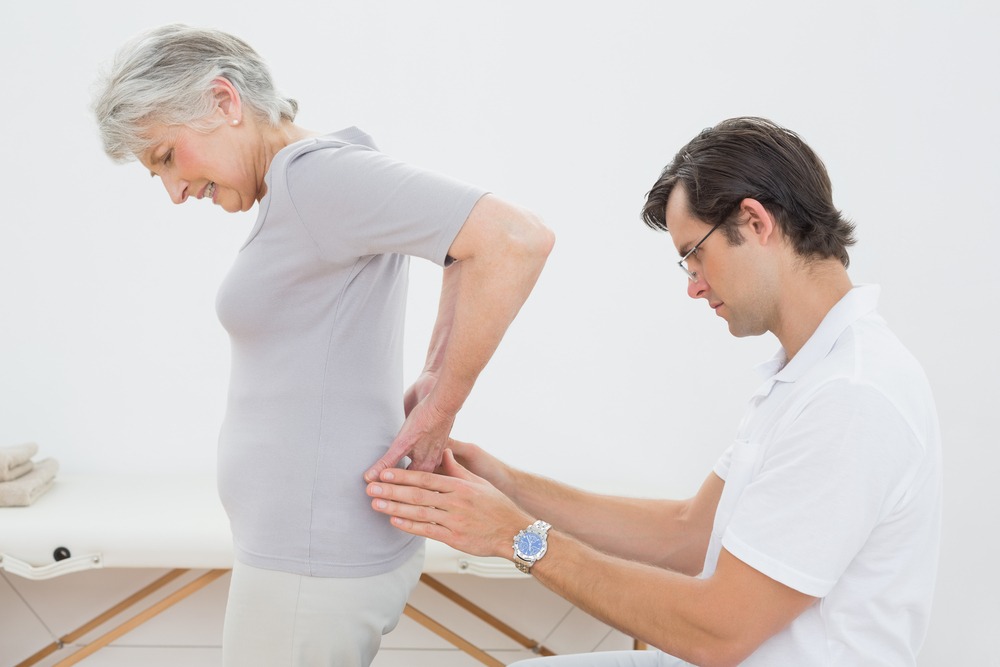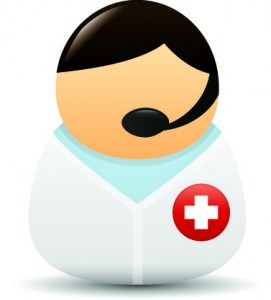Healthcare with Confidence
Herniated disc of the lumbar spine is a condition in which the disc of the lumbar exhausted and cracks through its outer shell can seep into the inner core.
The weak spot in the outer core of the intervertebral disc is a spinal nerve root directly, since it has a hernia direct pressure.
As the nerve passes through the legs then any type of crushing him in the lower part of the spine can cause pain, which goes through the buttocks and down the leg. This type of pain is also called sciatica or radiculopathy.
Symptoms
Common symptoms of lumbar hernia include one or a combination of the following manifestations: leg pain (sciatica) which can be a pain in the back or legs (usually pain in the legs are stronger than in the lower back), numbness, weakness and tingling in your leg , back pain and pain in the buttock, loss of control of the bladder or bowel, which may be a sign of serious illness called cauda equina syndrome.
Most disc herniation occurs in the direction of the lower spine, at levels L4-L5 or L5-S1. In addition to the typical symptoms sciatica, nerve entrapment at these levels can also lead to:
![]() pinched nerve L5 (disk-level L4 – L5) herniated disc. In this case the patient feels weakness in the extension of the big toe, and possibly in the ankle. Numbness and pain can be felt in the upper part of the foot, the pain may also irradirovat in the buttock.
pinched nerve L5 (disk-level L4 – L5) herniated disc. In this case the patient feels weakness in the extension of the big toe, and possibly in the ankle. Numbness and pain can be felt in the upper part of the foot, the pain may also irradirovat in the buttock.
![]() pinched nerve S1 (disk-level L5 – S1) herniated disc, which can cause loss of the ankle reflex and or weakness in the ankle, where the patient is unable to lift his leg, push off from the floor). When walking, there may be numbness and pain.
pinched nerve S1 (disk-level L5 – S1) herniated disc, which can cause loss of the ankle reflex and or weakness in the ankle, where the patient is unable to lift his leg, push off from the floor). When walking, there may be numbness and pain.
Treatment of hernia lumbosacral
Lumbar hernia should be treated immediately after diagnosis. During the first 6 weeks of treatment can be used non-surgical techniques. This may give some results. It can be physical therapy, osteopathic, chiropractic, heat and lodo-therapy, nonsteroidal anti-inflammatory drugs, oral steroids, epidural injections.
If pain and other symptoms persist after six weeks, and the pain is severe, doctor may recommend surgery – the microdiscectomy to eliminate tension of the nerve roots and nerve healing. As a rule, removed only a small portion of the disc that is pressing on the nerve root, and most of the intervertebral disc remains unchanged.
This microsurgical technique performed by an experienced surgeon, usually on an outpatient basis, through a small incision. Length of hospital stay – 1 night. And most patients can return to normal activity in a period to 3 weeks. This procedure done by an experienced surgeon brings success around 95%.
If this process is repeated can be considered discectomy with dynamic fixation of vertebrae which removes substance of the disc, in some cases replaceable graft.
Leading Israeli spine Surgeons



